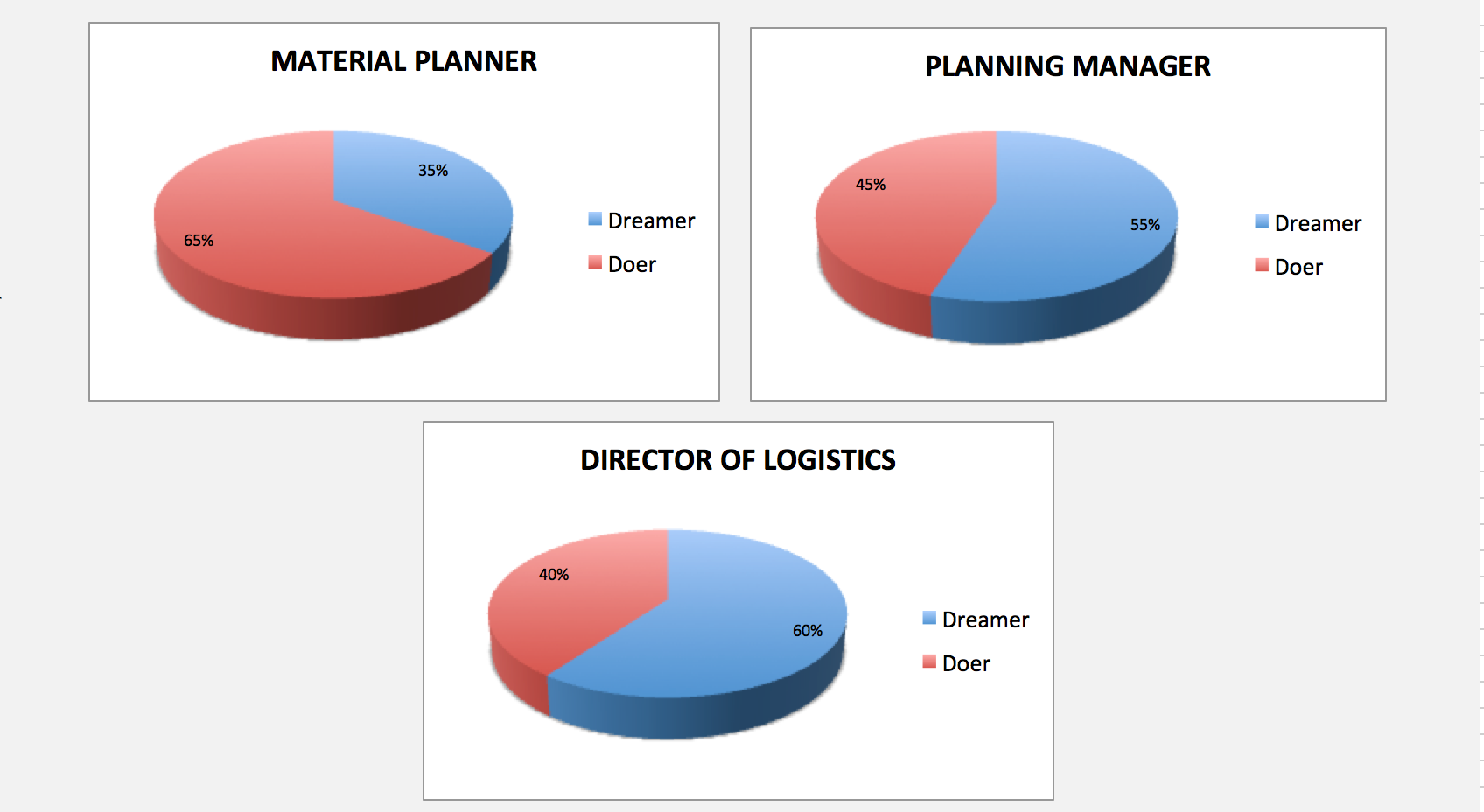“If all you have is a hammer, everything looks like a nail.” – Abraham Maslow.
Sometimes an organization can get stuck in a bad situation and since they only have access to a limited number of tools, they are often frustrated when they are faced with a new challenge. I’m sure this story is not unique:
An organization is faced with an increasing workload and limited resources. This ‘good problem’ is due to new opportunities for additional sales, but the Operations team is overwhelmed with the increasing number of requests. Subsequently, the Sales team is frustrated because new opportunities are not being addressed on a timely basis and there is the loss of potential revenue. Faced with these challenges, the Operations team is frustrated because the methodology and tools at their disposal for managing new product requests require the process to take a 2 to 4 months (or longer) to go from concept to the marketplace, regardless of the urgency.
In essence, the tools currently available to manage the new product process and drive the projects are limited in flexibility and functionality. The Operations team is only able to approach project management the same way they did when the workload was smaller; their toolbox is sparsely populated.
It’s best to think out of the box if the current systems are not meeting the expectations of the business. In this particular situation, there are limited resources and a need to improve project management capabilities. A possible solution to their problem is to look for new tools to help with project management. From my experience, the world of integrated project management tools is quite extensive. There are many aspects of a project to manage and various solutions offer ways to focus on what is important to each company.
Here are a few factors to consider when investigating potential solutions:
- There are many creative solutions in the marketplace.
- Make the time to investigate the possible ways to improve your situation.
- There are firms in the marketplace who specialize in helping you find a solution. These firms use an approach similar to real estate agents working to find a residence that meets your needs. They represent many companies and after learning your requirements, they can recommend a variety of solutions to review.
- Take the time to review the potential solutions and determine the best fit. Get a free trial version and experiment with ‘real life’ information to see if it works in a way that will help your company improve the situation and help you reach your business goals.
- If you are too busy to investigate a new system, consider hiring a consultant for a brief period of time that can perform this evaluation relatively quickly and efficiently. Spending a nominal amount of money for a good consultant to provide guidance on possible solutions will pay off rapidly when the right system is implemented and projects are being completed effectively and efficiently.
I recommend TechnologyAdvice.com as a possible resource for gathering information on possible software/system solutions. I found them to be efficient and their recommendations very helpful.
If you have several tools in your toolbox, all problems won’t look like a nail. Using readily available resources to help you locate and evaluate the best tool for your situation is the key to making real progress.
Photo credit: Depositphotos.com #31285409 by iqoncept












